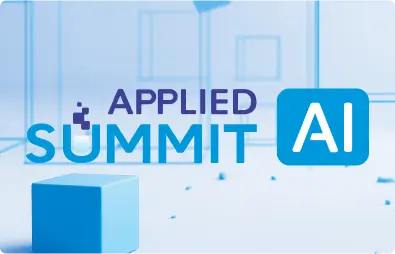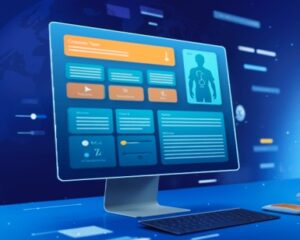Why is it hard to use clinical guidelines during patient care?
Clinical guidelines are foundational to evidence-based care, yet their length and complexity often make them impractical to consult during real-time patient interactions. Many documents exceed 100 pages, and even shorter ones can contain dense blocks of unstructured text. In a clinical setting where time is limited and decisions are urgent, this format is a barrier. Clinicians may rely on memory, summaries, or previous experience rather than fully verified guidance. Important details, particularly those tied to patient-specific factors like age, comorbidities, or disease stage can easily be missed.
What makes the Guidelines Central Library unique?
Guideline Central has established partnerships with over 50 medical societies to curate, format, and deliver clinical practice guidelines in a way that supports real-world use. These guidelines are not just presented as PDFs but are transformed into modular, metadata-tagged elements that include summaries, recommendations, tables, and diagrams. Each element is labeled by inclusion criteria, treatment scope, and action type. These structured components are accessible both via their web and mobile platforms and through APIs, enabling seamless integration into external tools and workflows.
 How does the medical chatbot bridge the access gap?
How does the medical chatbot bridge the access gap?
John Snow Labs has integrated this vast guideline resource with a Medical Chatbot designed to function as an intelligent clinical assistant. When a clinician types a question in natural language, the chatbot interprets it, retrieves relevant guideline content, and delivers a direct, evidence-based answer, complete with source citations. The tool understands clinical context and can even reconcile information across multiple guidelines, such as in cases involving patients with overlapping conditions like diabetes and kidney disease. This enables real-time decision support without requiring clinicians to break away from patient care.
What happens behind the scenes?
The process starts with guidelines being pre-processed to extract and structure key components. Charts, tables, and decision trees are identified and tagged for later retrieval. This content is then stored in a vector database using AI-generated embeddings, which allows the system to understand and match the semantic meaning of clinician queries. When a question is asked, the chatbot’s agent analyzes the prompt, identifies the relevant filters, retrieves matching content, and ranks the results by relevance. It then generates a concise and contextually accurate response using only the retrieved data, minimizing the risk of hallucination or misinterpretation.
 How does this impact clinical workflows?
How does this impact clinical workflows?
Instead of navigating a website, downloading a PDF, or flipping through printed materials, clinicians can simply ask the chatbot a question. For example, a physician might ask how to treat a patient with sudden-onset hearing loss who is on anticoagulants. The chatbot will respond with specific recommendations for assessment and treatment, referencing the most relevant guidelines. Clinicians can also copy and paste patient notes into the chatbot to get tailored insights that consider the full clinical picture. This integration allows for faster, safer, and more confident decision-making directly at the point of care.
Why does this matter now?
The volume and complexity of clinical information are growing faster than any one individual can manage. With patients presenting increasingly multifaceted conditions, and guidelines evolving rapidly, the ability to instantly access trusted recommendations is no longer a luxury; it’s essential. This solution combines John Snow Labs’ proven AI technology with the authoritative content of Guideline Central, ensuring that clinicians can stay current and make precise decisions without compromising efficiency.
FAQs
What clinical specialties are supported?
The platform includes content from over 50 specialties, with guidelines continuously updated from leading medical societies.
Can internal guidelines be used as well?
Yes, organizations can upload and process their own guidelines securely using cloud storage solutions like S3 or Azure.
Is this platform compliant with healthcare privacy standards?
Absolutely. The enterprise version is designed with PHI compatibility and full compliance with healthcare data regulations.
Does the chatbot invent or summarize content?
No. It retrieves directly from validated sources and cites the original text, ensuring accuracy and traceability.
What content formats are supported?
Guidelines include structured text, diagrams, tables, and flowcharts—all parsed for optimal relevance and speed of access.
Watch Matching Patients and Answers to the Largest Clinical Guidelines Library in the World
Watch now























 How does the medical chatbot bridge the access gap?
How does the medical chatbot bridge the access gap? How does this impact clinical workflows?
How does this impact clinical workflows?




